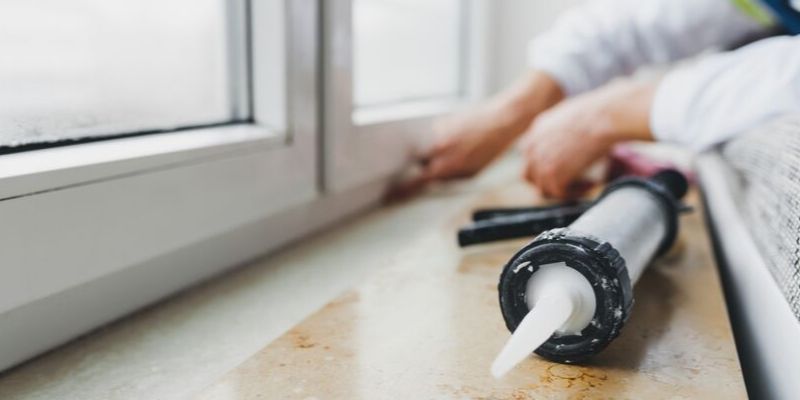When it comes to installing or repairing a kitchen sink, one of the most important decisions to make is which sealant to use. The two most commonly used sealants are silicone and plumber's putty. Both have their advantages and disadvantages, and it can be difficult to determine which one is better for your kitchen sink. In this article, we will compare silicone and plumber's putty and help you decide which one is the right choice for your project.1. Silicone vs. Plumber's Putty: Which one is better for kitchen sink?
Silicone and plumber's putty are both popular choices for sealing kitchen sinks, and each has its own set of pros and cons. Silicone is a flexible and durable sealant that is resistant to water and heat, making it a great choice for kitchen sinks. It also comes in a variety of colors to match your sink and countertops. However, silicone can be messy to work with and may require longer curing time. On the other hand, plumber's putty is easy to apply and can be removed easily if needed. However, it is not as durable as silicone and may not be suitable for use with certain materials.2. The Pros and Cons of Using Silicone or Plumber's Putty for Kitchen Sink Installation
One of the main differences between silicone and plumber's putty is their composition. Silicone is a polymer-based sealant, while plumber's putty is made of a mixture of clay and linseed oil. This difference in composition also affects their properties. Silicone is more flexible and can withstand more movement and stress, making it a better choice for sinks that experience a lot of use. Plumber's putty, on the other hand, is better suited for smaller and less frequently used sinks.3. A Comparison of Silicone and Plumber's Putty for Sealing Kitchen Sinks
When deciding between silicone and plumber's putty for your kitchen sink, there are a few factors to consider. Firstly, consider the type of sink you have and its usage. If you have a heavy-duty sink that experiences a lot of movement and use, silicone may be the better choice for its durability. On the other hand, if you have a smaller sink that is not used as frequently, plumber's putty may suffice. Additionally, consider the material of your sink and the type of sealant recommended for it.4. How to Choose Between Silicone and Plumber's Putty for Your Kitchen Sink
Both silicone and plumber's putty can be used for repairing kitchen sinks, but they have different qualities and uses. Silicone is ideal for fixing cracks or gaps in the sink, as it is flexible and can withstand movement without breaking. It is also great for sealing around the edges of the sink. Plumber's putty, on the other hand, is better for fixing small leaks or sealing around the drain. It is also easier to remove if needed, making it a good option for temporary repairs.5. The Differences Between Silicone and Plumber's Putty for Kitchen Sink Repairs
In terms of durability, silicone is the clear winner between the two sealants. It has a longer lifespan and can withstand more stress and movement. This makes it a better choice for kitchen sinks that are used frequently and experience a lot of wear and tear. Plumber's putty is not as durable and may need to be reapplied more often, which can be inconvenient and time-consuming.6. Which is More Durable: Silicone or Plumber's Putty for Kitchen Sink Installation?
While silicone is generally the preferred choice for kitchen sink installations and repairs, there are certain situations where plumber's putty may be more suitable. For example, if you have a sink made of materials that are not compatible with silicone, such as marble or granite, plumber's putty may be the better option. Additionally, plumber's putty is easier to work with and can be used in tighter spaces where silicone may be difficult to apply.7. The Best Uses for Silicone and Plumber's Putty in Kitchen Sink Applications
If you are planning on using silicone or plumber's putty for a kitchen sink repair, here is a step-by-step guide to help you through the process: Step 1: Clean the area around the repair with a mild detergent and water to remove any dirt or grime. Step 2: Dry the area completely with a clean cloth. Step 3: For silicone, cut the tip of the tube at a 45-degree angle and insert it into a caulking gun. For plumber's putty, simply take a small amount and knead it until it becomes pliable. Step 4: Apply the sealant around the area that needs to be repaired, making sure to fill any gaps or cracks. Step 5: Smooth out the sealant with your finger or a tool to ensure it is evenly distributed. Step 6: Allow the sealant to dry according to the manufacturer's instructions. Step 7: Wipe away any excess sealant with a damp cloth. Step 8: Let the repair cure for the recommended time before using the sink again.8. A Step-by-Step Guide to Using Silicone or Plumber's Putty for Kitchen Sink Repairs
In terms of cost, plumber's putty is generally less expensive than silicone. However, keep in mind that silicone is more durable and may last longer, making it a better long-term investment. Additionally, the cost of the sealant may vary depending on the brand and quality.9. The Cost Comparison of Silicone and Plumber's Putty for Kitchen Sink Installations
When choosing between silicone and plumber's putty for your kitchen sink, here are a few tips to keep in mind: 1. Consider the material of your sink and the recommended sealant for it. 2. Think about the usage of your sink and its durability needs. 3. Determine the type of repair or installation you need to do. 4. Keep in mind the cost and long-term durability of the sealant. By considering these factors, you can make an informed decision on whether silicone or plumber's putty is the better choice for your kitchen sink project. In conclusion, both silicone and plumber's putty have their own unique qualities and uses in kitchen sink applications. While silicone is generally the preferred choice for its durability and versatility, plumber's putty may be a better option in certain situations. Consider the factors mentioned above and choose the sealant that best fits your needs and budget for a successful kitchen sink repair or installation.10. Tips for Choosing the Right Sealant: Silicone vs. Plumber's Putty for Kitchen Sinks
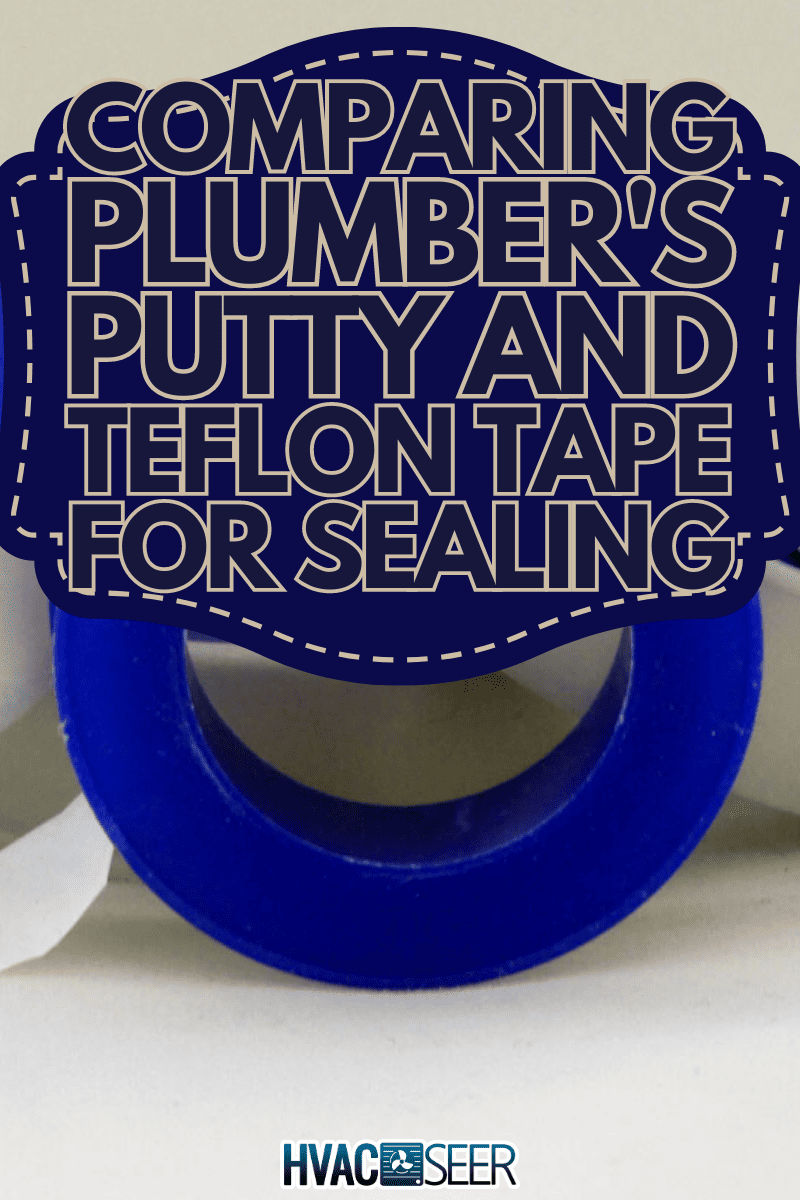




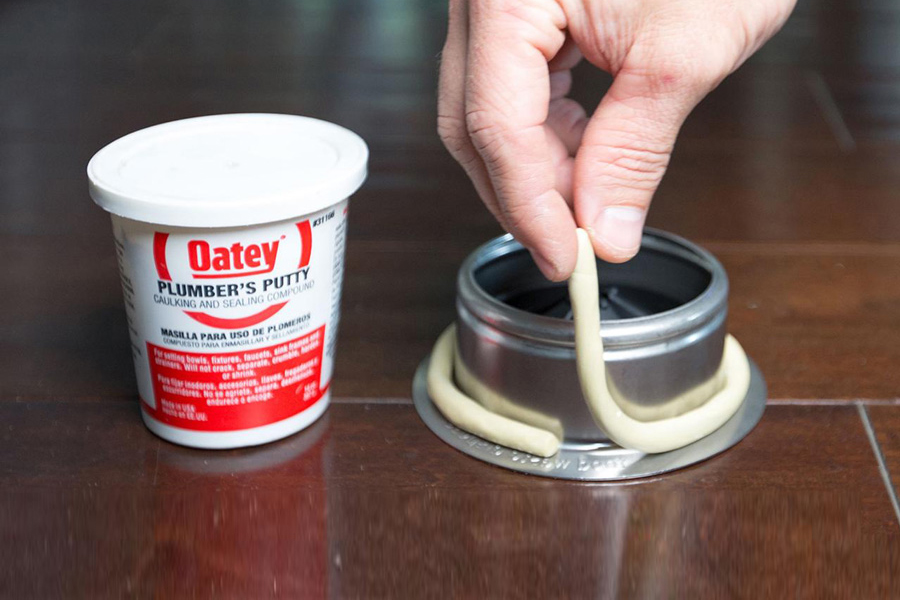






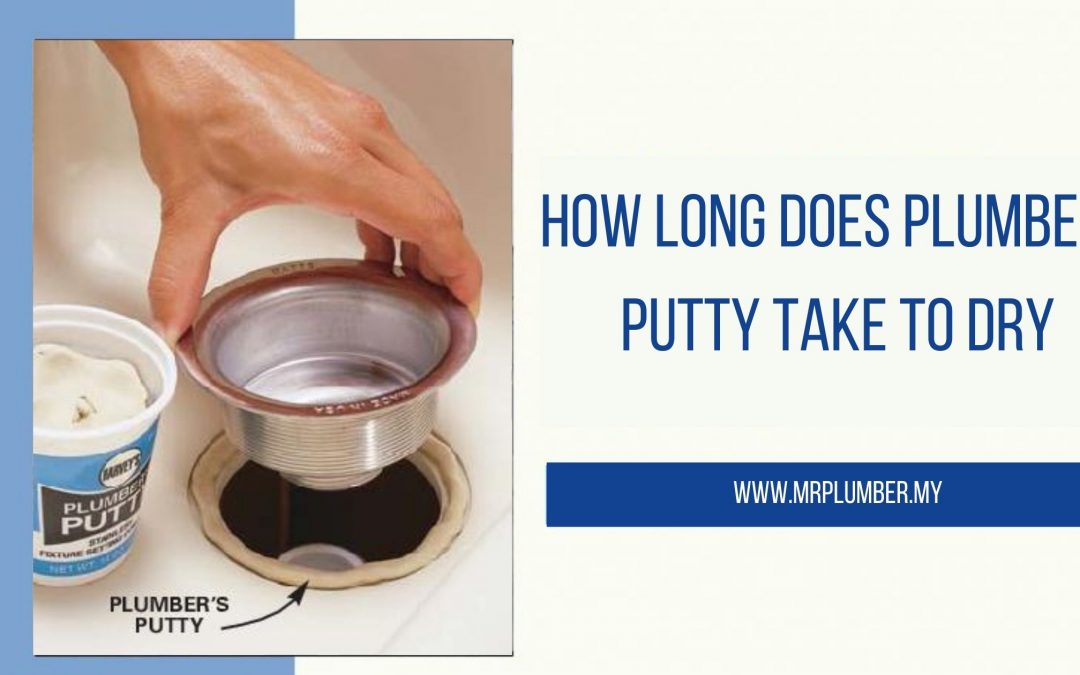







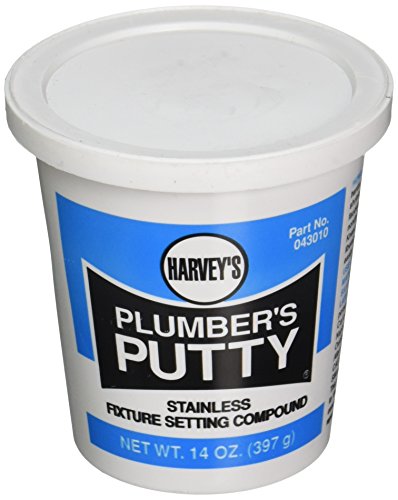


/185313098-56a73c255f9b58b7d0e81636.jpg)

















